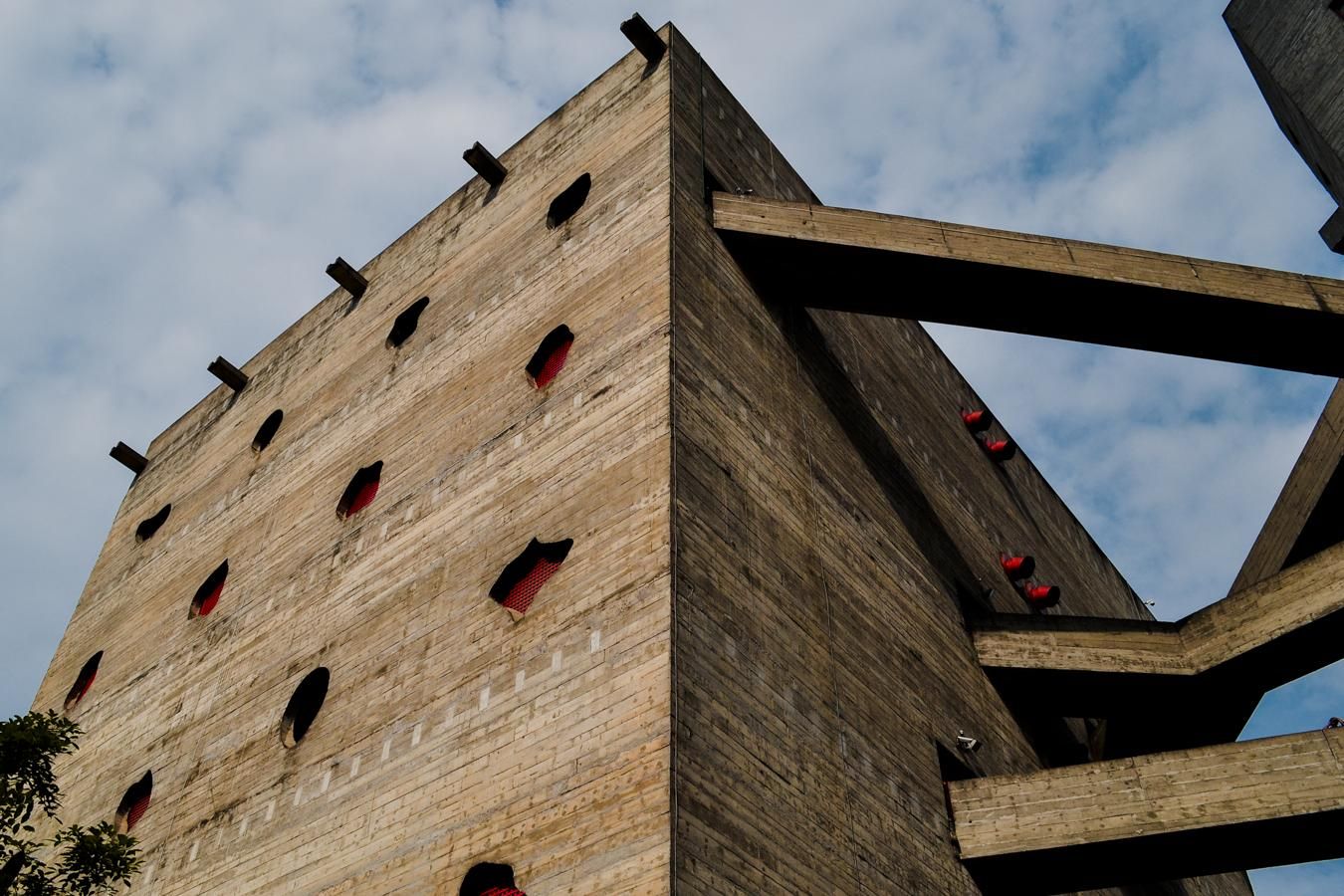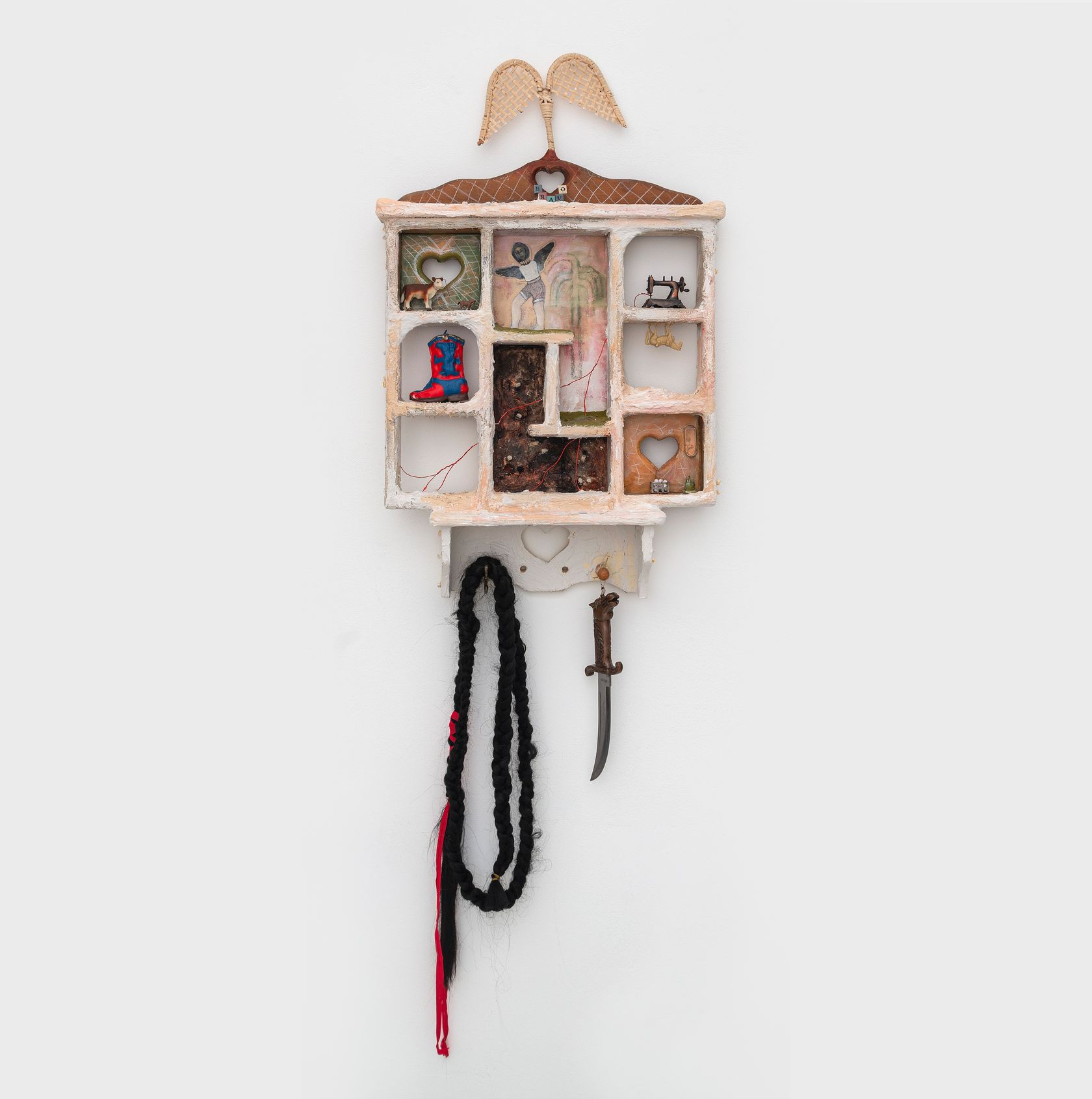Together with the exhibition Ana Mendieta: Silhoueta em Fogo, Sesc Pompeia also presents, from this month, open earth, shows that brings the work of Mendieta closer – its archetypal, cultural, political and spiritual aspects – with the other 30 people representatives of the contemporary arts. The approach includes representation and black, decolonial, chicane and ecotransfeminist feminisms, bringing together names such as the American artist Carolee Schneemann (1939-2019), first to incorporate her naked body into a work, Celeida Tostes (1929-1995), Laura Aguilar (1959-2018) and Márcia X. (1959 - 2005). There are also exponents of the arts still in activity, such as Suzana Queiroga, Ricca Lee, Cecilia Vicuña, Regina José Galindo, Yara Pina and the transvestite Vulcanica Pokaropa.
According to Hilda de Paulo, curator of the exhibition, artists of different generations, daughters of the Amere African, mestiza and frontier diasás, make up this collective exhibition. Several thinkers also support the conceptual discourse of the work, such as Gloria Anzaldúa (1942-2004), bell hooks (1951-2021), Donna Haraway, Denise Ferreira da Silva, and Paul B. Preciado. Hilda says that land abhortress of many Brazilian states, as well as Cuba, the United States, Costa Rica, Chile, and Brazilians who migrated to Europe and other regions. “The immigration issue is central to us. This is not an exhibition about women or an attempt to affirm the category, but about a place of speech, alliances and rule of experience – which measures the experiences of each person –, themes that are crossed by markers such as gender, race and class”, highlights the curator, who is a doctoral student in Literary, Cultural and Interartistic Studies from the University of Porto, in Portugal.
The title of open earth also has influences of the epistemologies of terreiro, candomblé and crossroads – from Exu, orixá that opens the paths. The exhibition also proposes as a cut-out of issues related to (tr)ancestralities, dreams and systemic erasures. The curatorial assistant, Maíra Freitas, argues that the show is a kind of time capsule, when establishing bridges between thoughts about the body, women, solidarity and political practices in different times and regions. “We like the poem Seed, by Chilean Cecilia Vicuña, which says: ‘Only a collective gesture of love could stop the destruction.’ The exhibition is about this: the power of affections as a tool of resistance”, complements Freitas, who is also an artist, researcher and art educator.

